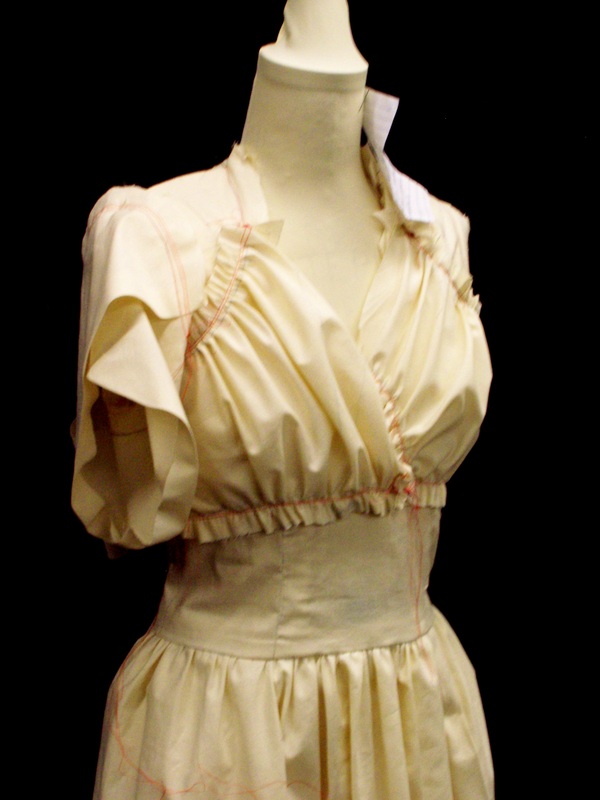|
I am currently gearing up for a grad school interview and visit so please excuse my tardiness in posting this article. While getting ready for my visit I have been editing my physical portfolio as well as reading literature about how to present myself to a future employer or graduate program. Each article or advice column contradicts the next and each has something different to say about the formatting of a "good" portfolio. Despite all the garbely-gook I have decided one thing to be true and am trying to allow it to focus my efforts. Let the work reflect you as an artist and professional. No matter what others say about the size, color, order, or materials of your portfolio; you have to be comfortable putting it in front of others and saying "This is me!" I have rearranged my physical portfolio three or four times in preparation for this interview and it may be arranged once more before I hop on my plane. Despite my fussing with it, the contents are me and I am happy showing it to perspective professors or employers and saying "This is me!" (A word of caution, make sure you know the portfolio requirements of the program or company you are applying for. Some places have different requirements) If that's all you needed to hear about portfolios you can stop reading now, but if you really want a little bit more below are my opinions I believe work for me. They help my portfolio showcase me and my work. Now, I have accepted some of the standard guidelines of portfolio construction. For example I subscribe to the camp that believes a nice plain, black, bound book allows for your work to shine through. There are no distractions that will subtract from the work. I also have a straight forward resume; in other words it's black simple font on white simple paper. Maybe once I have become a little more settled into my professional career I will opt for a fancier template setting or font and graphics combo. For now a straight forward explanation of my skills is all I need. I enjoy creating and color, but that can be shown through the examples of my designs and projects. There is no need for glitter and modge-podge on the cover of my portfolio. (I'm not a big fan of glitter anyway) I formulated three guidelines to follow while reading up on the new trends and requirements for portfolios. They are: 1. Keep it neat. Neat as in clean. A nicely tacked down page with clean lines and a clear cover allow your interviewer to see your work and not guess which part is what. The last thing you want is for them to not see your favorite piece because it is poorly presented. 2. Edit. Do not put all of your work in your portfolio. The interviewers are not your mother; they do not want to see everything you have made since kindergarten. Select pieces that show your growth since entering the field you study. Remember the portfolio is saying "This is me!" Keep your pages to a lower two digit number as well. Mine is ten pages back and front (so effectively 20). If you leave something out and the interviewer wishes to see it, offer to email the piece once you return home. (With today's carry on luggage fees, you want a portfolio that is portable.) 3. Label. In a perfect world you will be in front of your interviewers explaining your work, but sometimes the world is not perfect. Also, those labels can sometimes act as markers for your brain. They give you something to go off of like those note cards we all used to use in grade school for the daunting task of class presentations. Labels can be little flags along the side of the road to remind you which direction you are going and which direction you want to head in.
0 Comments
Leave a Reply. |
Topics
All
Archives
July 2021
|

